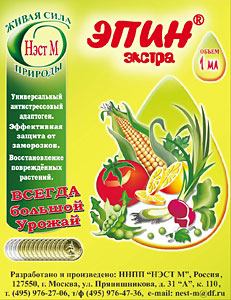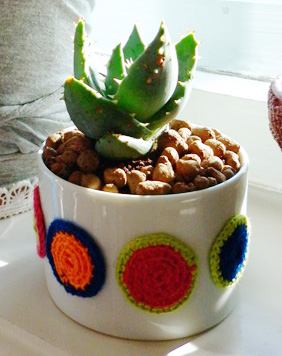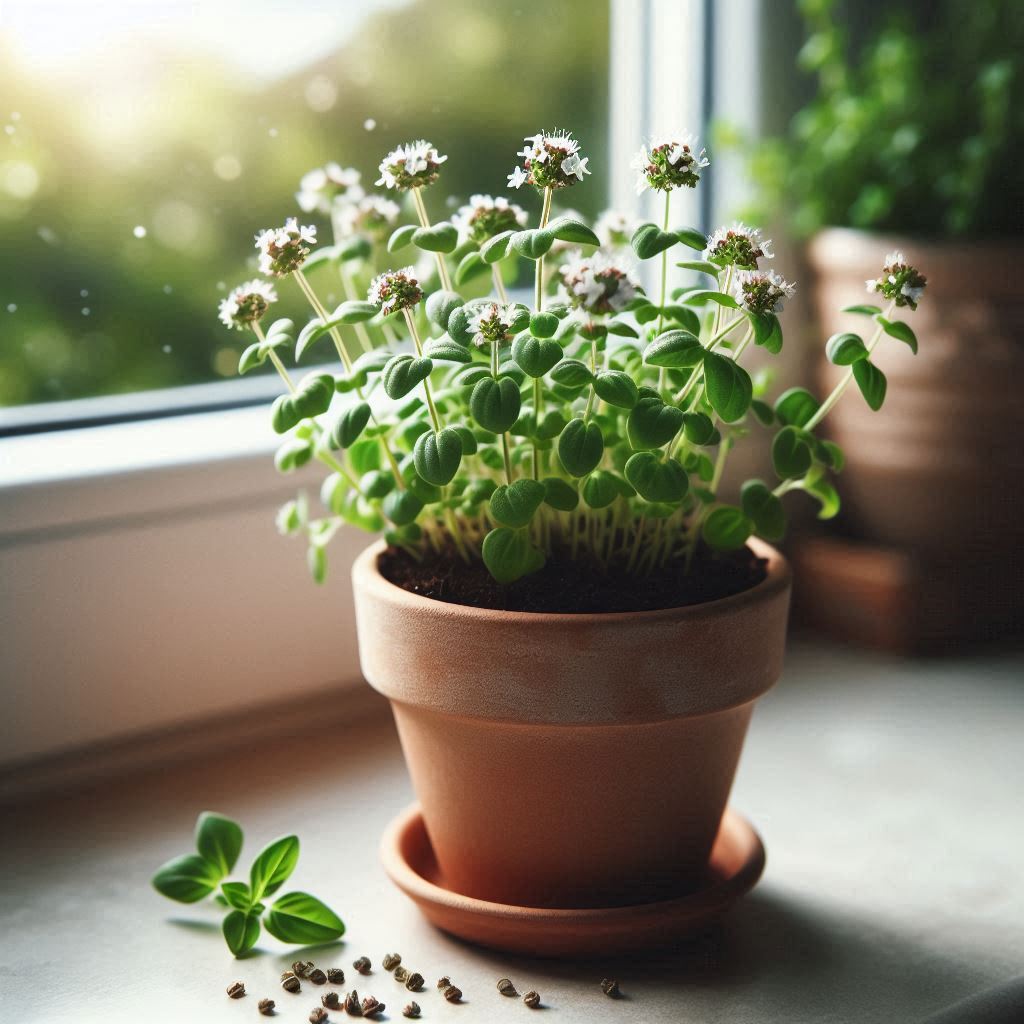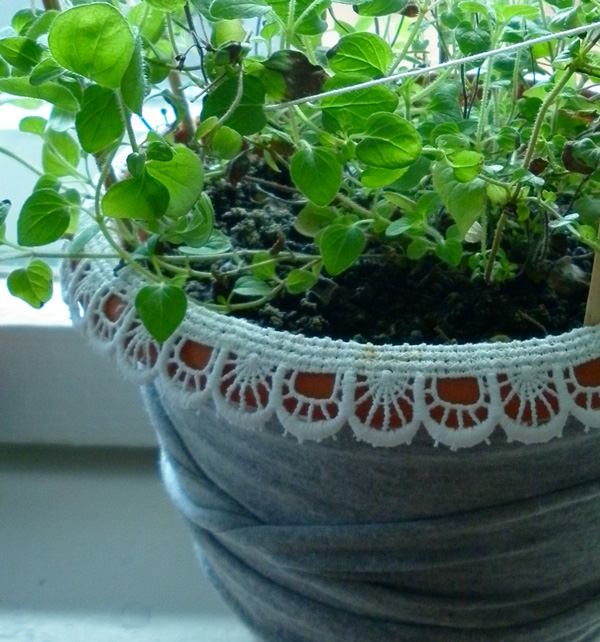In addition to Epin , Zircon is a very popular growth modulator. The difference between Zircon and Epin: Zircon promotes root formation, stimulates flowering, and protects against diseases. Zircon is more commonly used for watering, while Epin is used for spraying.
So, Zircon is hydroxycinnamic acid synthesized from purple echinacea. It acts as an inducer, triggering growth mechanisms at the cellular level without causing stress to the plant.
I won’t write out the instructions for use since everything is detailed on the manufacturer’s website. It’s much more interesting to rely on the experience of seasoned gardeners. Here are some tips:
- Zircon is quickly absorbed, so it can be used for watering every 2 days.
- Do not exceed the dosage; a lower concentration is better.
- Contrary to the common belief that Zircon is activated in light, it also deteriorates in solution under light exposure. It’s better to use Zircon in the evening.
- Overdosing can cause plants to shed leaves and flower buds.
- Healthy plants should not be watered with Zircon, as this can lead to hormonal imbalances.
- It is not recommended to water flowering plants.
- It is unsuitable for spraying violets or other pubescent plants.
- Like Epin solution, Zircon solution is prepared with acidified water to prevent an alkaline reaction.
- It is excellent for transplanting plants, helping them root better.
- If you want to try several different growth regulators, leave an interval of 2-3 days between applications.
- Plants can develop a dependency on the product. Use it as prescribed.
- Zircon can be combined with: Actellic, Decis, Dithane M-45, Inta-Vir, Kurzat, Polyram, Ridomil Gold MZ, Fitoverm, Fufanon, and Epin Extra.
Overall, flower and garden enthusiasts recommend Zircon.



